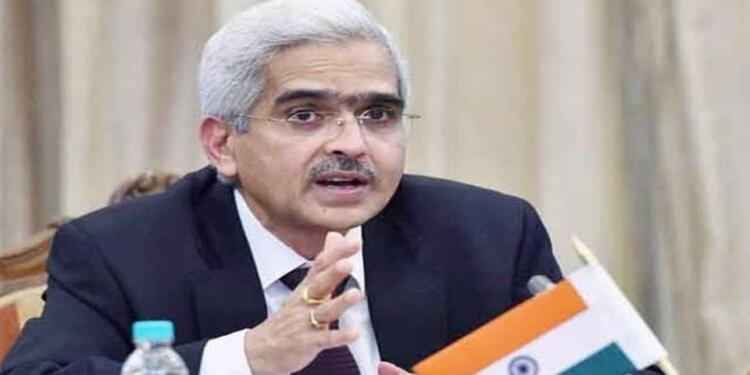India is a diverse country. People, language, culture, consumer spending and every other aspect of daily lives change within a few kilometres. This is the reason why a plain specialist of a particular field has very slim chances of succeeding here. Keeping that in mind, let’s talk about a man who is rarely mentioned in literature around India’s macroeconomic Fundamentals, the RBI Governor Shaktikant Das.
Challenges for Shaktikanta Das in his first stint
When Shaktikanta Das was appointed as Governor of RBI, experts on Economy expressed their reservations. Das was not an economist to begin with and in fact, he was a major in History from Delhi University. In colloquial terms, he was Economics’ enthusiast. People were worried whether an IAS Officer would be able to handle complex Central Banking.
Nearly 4 years down the line, Shaktikanta Das has proved everyone wrong. When he took over from Urjit Patel, RBI was extremely conservative with respect to lending and other policies promoting growth in the economy. It was the need of the hour as his predecessors did not want to get bad rep for the NPA crisis. Lending was too difficult to carry out and a talk of introducing Islamic Banking, which virtually prohibits interests on lending, was the talk of the town. Flow of money was restricted in the economy.
Shaktikanta Das ensured that NPA crisis does not impact lending
In his first stint, Das focused on growth and brought down the interest rates to push money in the economy. Within two years, the RBI cut the repo rate by 135 basis points. The rate cut was in line with the accommodative stance, which is aimed towards promoting business prospects and jobs in the country.
But, even then Banks were fearful of lending due to tighter norms introduced by Das’ predecessors. Given the fact that the Modi government was focused towards uplifting the MSME sector, a change in Central Bank’s policy regarding lending was the need of the hour. MSME can’t run without taking credit from the banks.
Made it easy for government and public to borrow
Das eased out the NPA declaration rules for MSMEs with loans up to 25 crores rupees. On the supply side, Shaktikanta Das liberalised the Prompt Coercive action regime with regards to lending. RBI put 11 public sector banks under PCA and asked them to stop lending until their balance sheet is healthy. The credit by these banks dried up, and the banks improved their balance sheet but the regulator was not ready to release them from PCA till the entry of Das.
Under Shaktikanta Das, RBI did not only take care of the public’s borrowing requirement, but it also ensured that when the Government borrows, it has to pay low interest rates. Das used tactics like infusing liquidity on the eve of auction of Government Securities, keeping inflation in check, rejecting bids not favourable to assist the Government. In his first stint, the Modi government borrowed more than Rs 12.60 lakhs crores and the process could never have been smoother.
Resuscitation during Corona
When the Corona Pandemic struck during his second term, Shaktikanta Das took a leaf out of his bureaucrats’ manual and went on a spree to resuscitate the economy. RBI took more than 100 measures which include reducing the repo rate by 115 basis points. RBI also reduced interest rates under Liquidity adjustment Facility by 155 basis points. Banks were allowed to borrow Rs 1,37,000 crores more under the Marginal Standing Facility.
RBI also judicially utilised long-term repo operations (LTROs) to increase liquidity in the market. RBI’s total contribution to liquidity in the economy during the period was Rs 17.2 lakh crores. Loan moratorium, asset classification standstill, easing of working capital financing and deferment of interest, restructuring of advances to MSMEs were some of the key measures directly benefiting average India.
Also Read: Amidst falling Euro, RBI ensures that Rupee stands tall
Das has protected India from recessions
When the effects of pandemic subsided, the world was looking dark into the abyss of inflation. The Sri Lanka and Bangladesh crisis have further raised the fears. But RBI ensured that the country is in good shape. When Das took charge, India’s Forex reserve was hovering between $400-425 billion Dollars. Today, we have the 4th largest Forex reserve in the world. India is the only major economy in the world which won’t be affected by global headwinds of American recession.
Appointment of the Shaktikanta Das, a former Economics Affairs Secretary was termed as “frightening for the autonomy of institutions” by Abhijit Banerjee. Even Subramanian Swamy was apprehensive and went to the extent to call him corrupt. In 2022, numbers are speaking for Das but these experts are not.
Support TFI:
Support us to strengthen the ‘Right’ ideology of cultural nationalism by purchasing the best quality garments from TFI-STORE.COM































